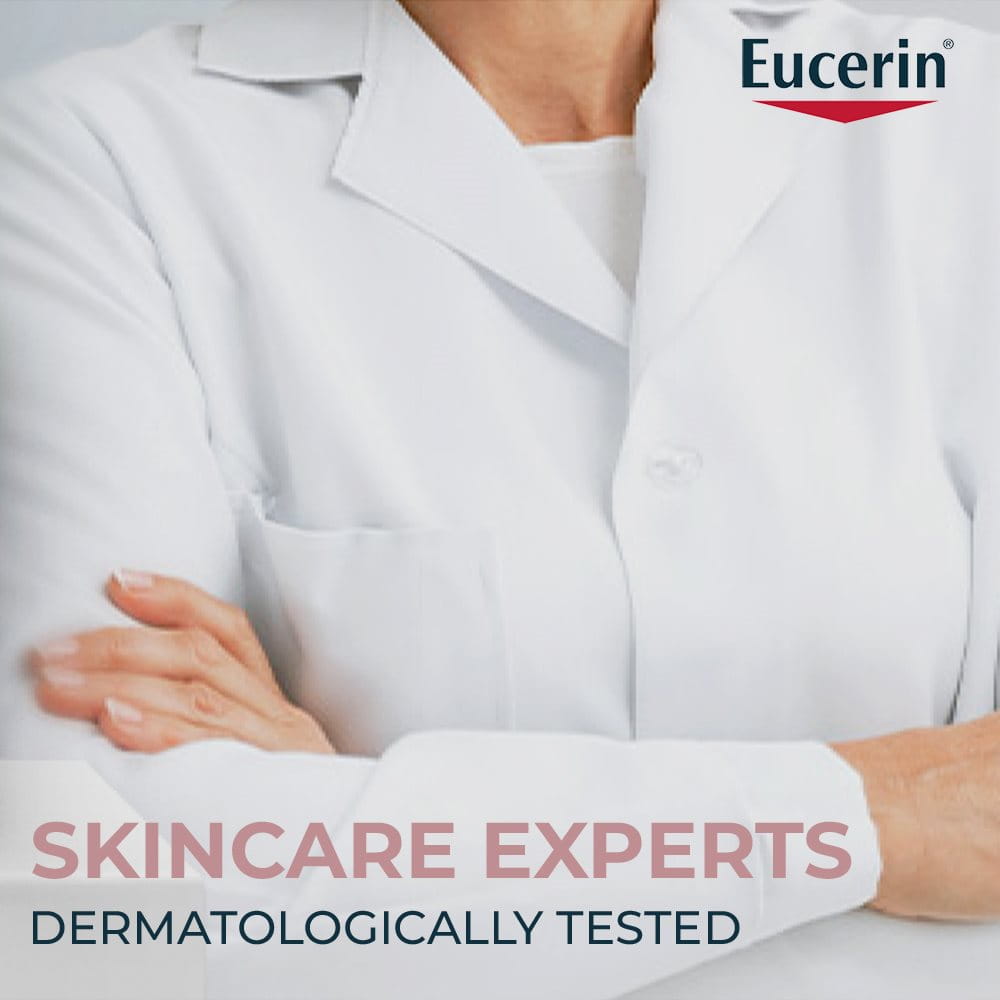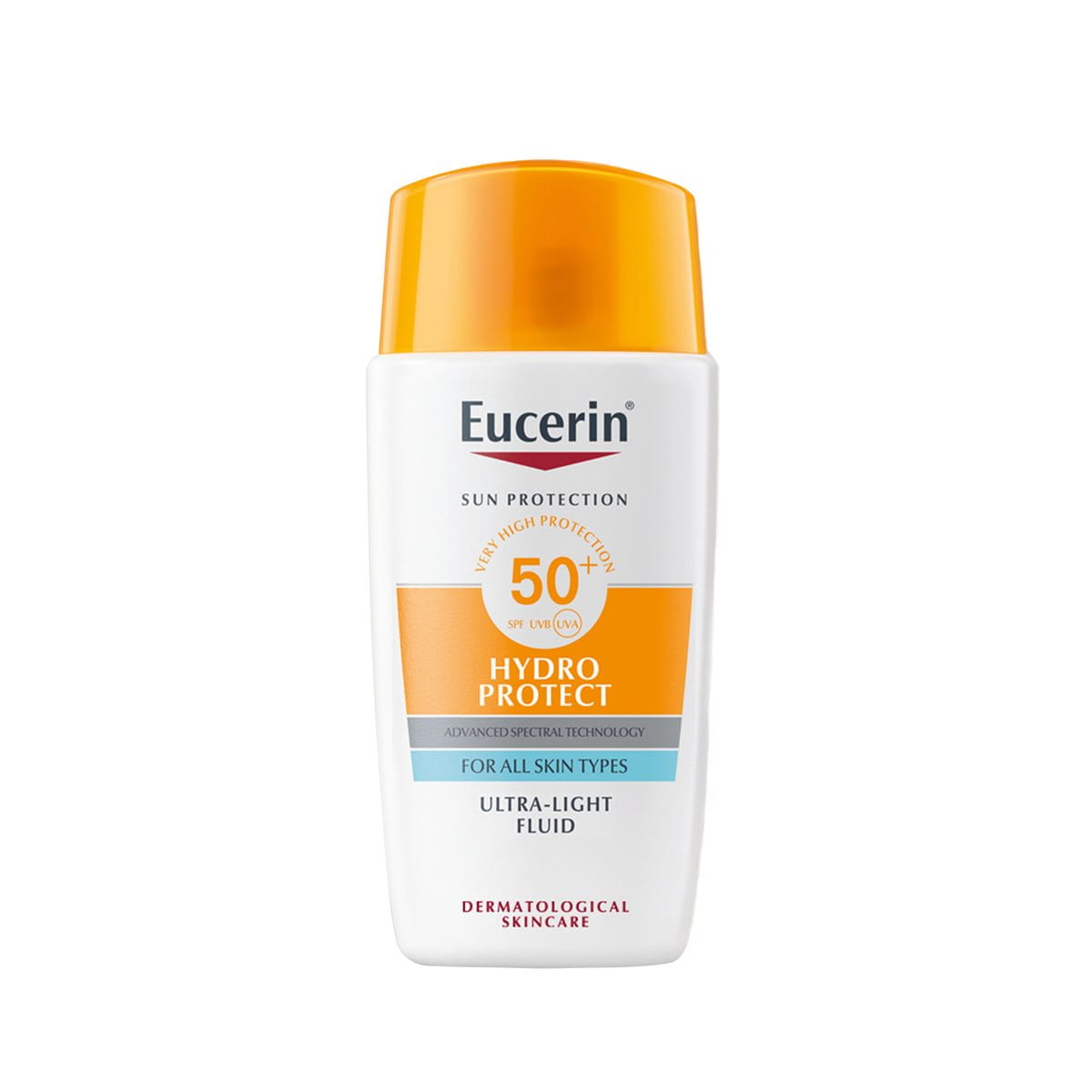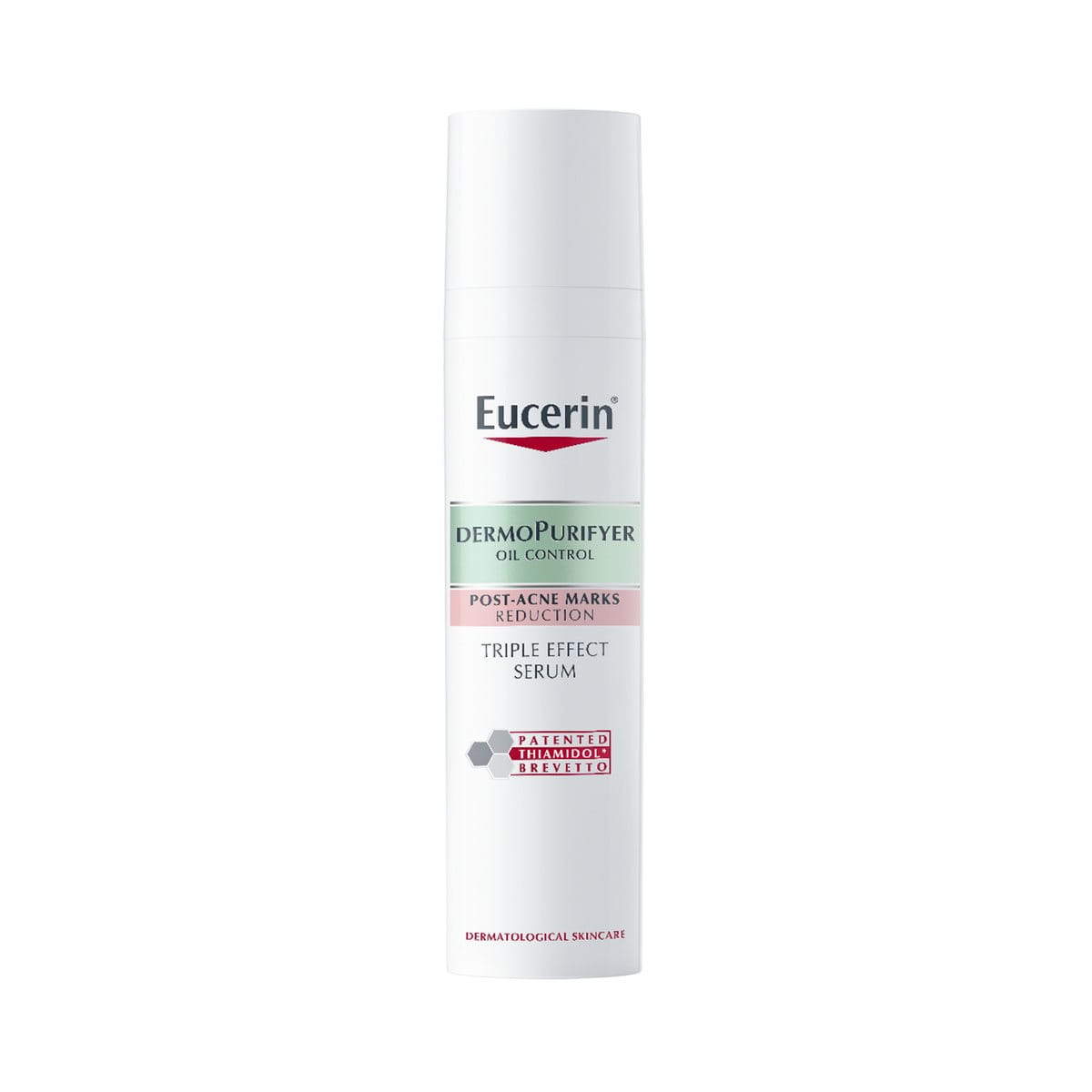Have you ever found yourself looking in the mirror and wondering about the strange spots or patches of darkened skin on your face? These instances of discoloration on the skin are widely termed hyperpigmentation. While not a welcomed guest, these patches are quite common and can be experienced by individuals irrespective of their age, gender, and background. It is not a medical condition, yet its drastic pigment and persistent nature can leave people emotionally distressed. Hence, understanding the cause, types, and treatment options for hyperpigmentation is essential to make better decisions for your skin health.
Keynotes:
- Hyperpigmentation is the discoloration of the skin in patches or spots due to an increase of melanin deposits onto the skin.
- It can be caused due to genetics, gender, age, hormonal changes, UV exposure, medications, reactions to prevalent skin conditions, and inflammation.
- Primary treatment options for hyperpigmentation include chemical peels and topical agents, while professional methods focus on laser therapies, microneedling, etc.
- No matter the treatment technique employed, ensuring regular maintenance and application of broad-spectrum sunscreen should be followed to prevent further flare-ups of hyperpigmentation.





